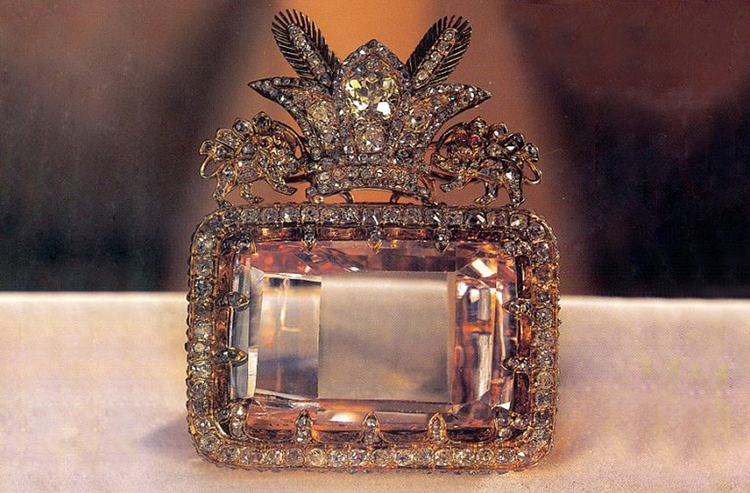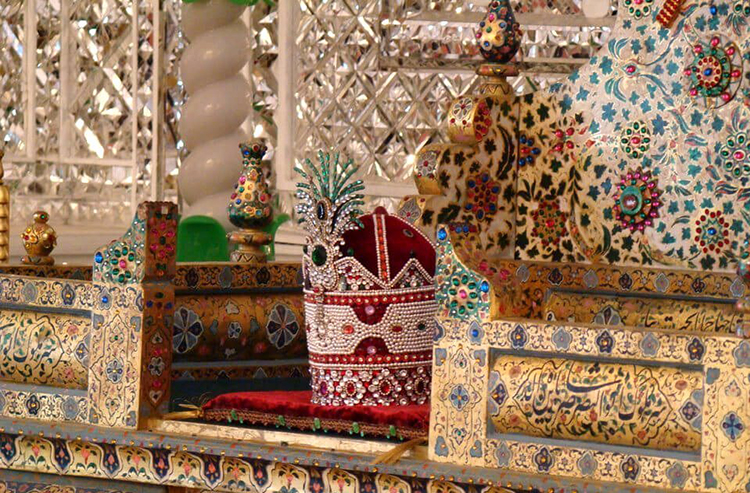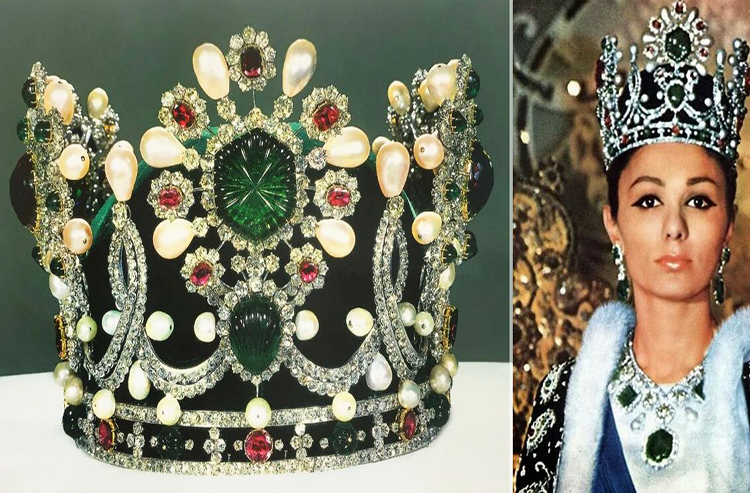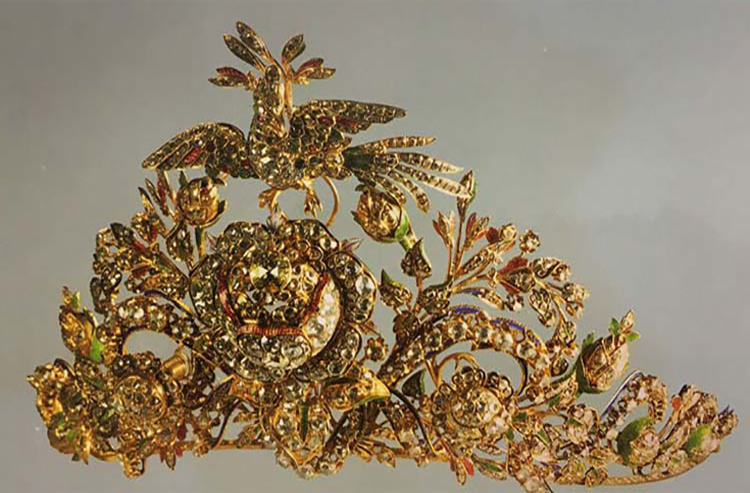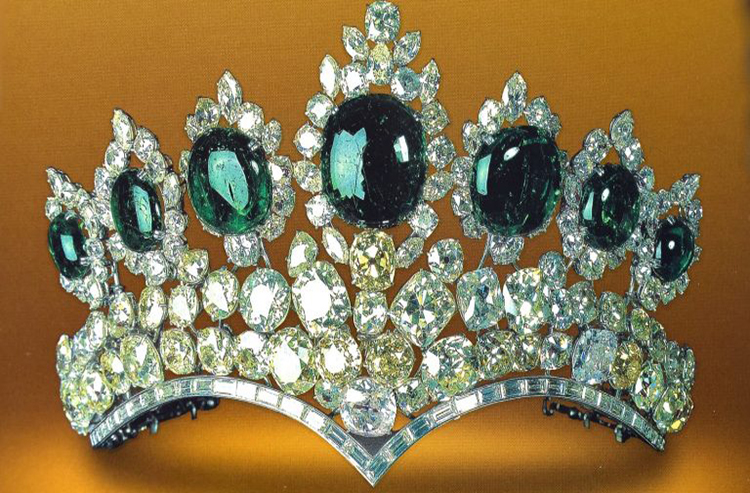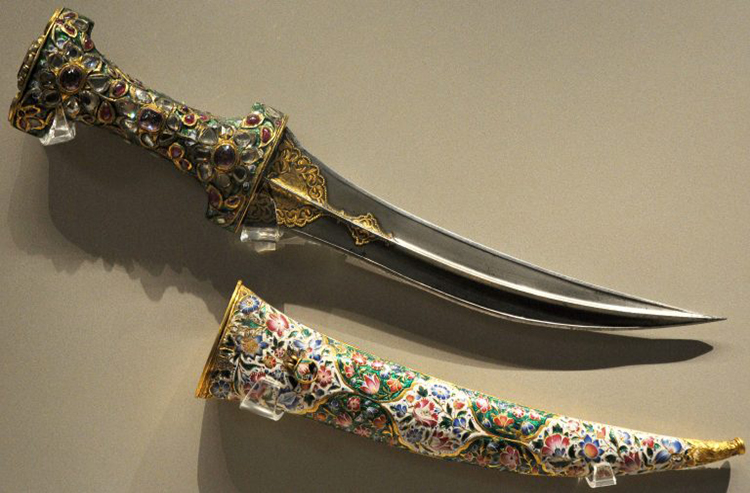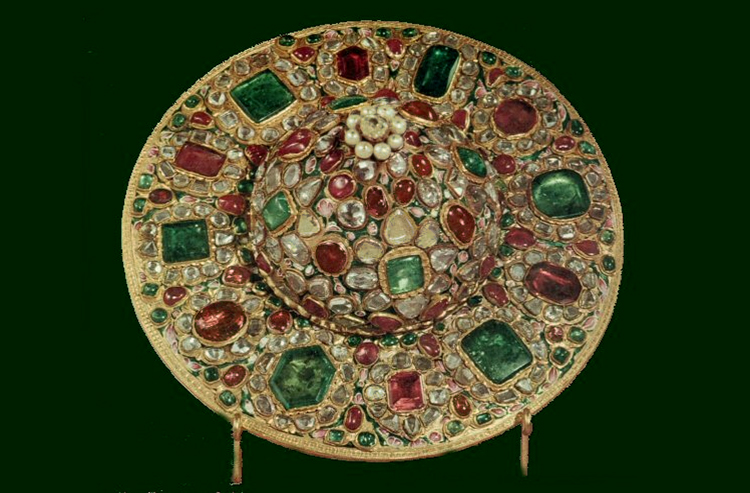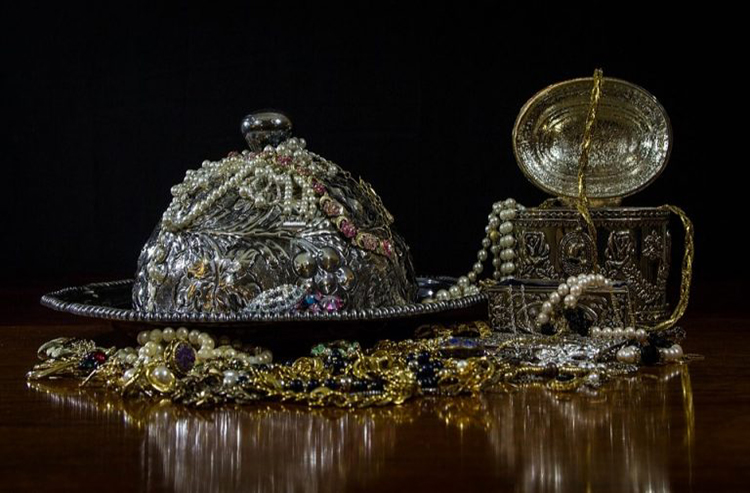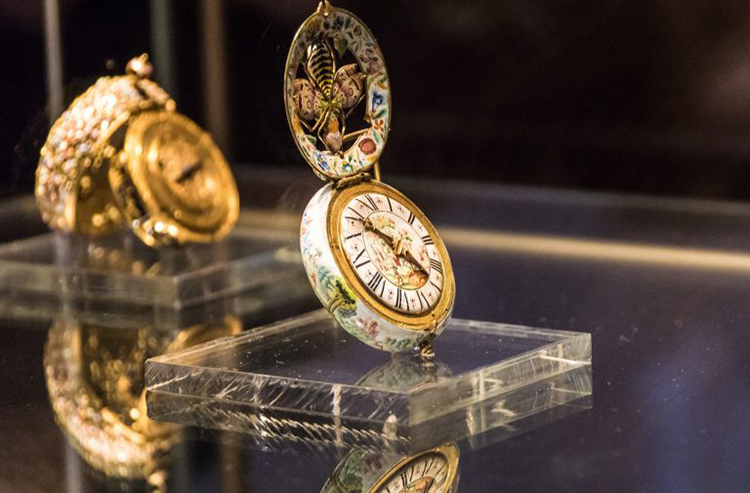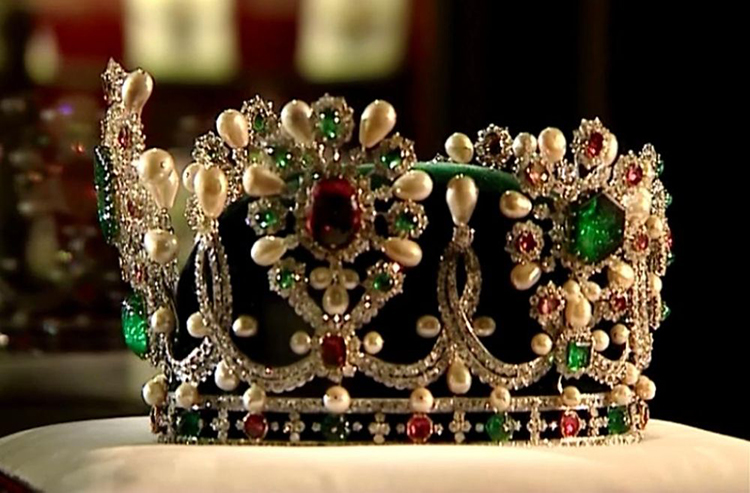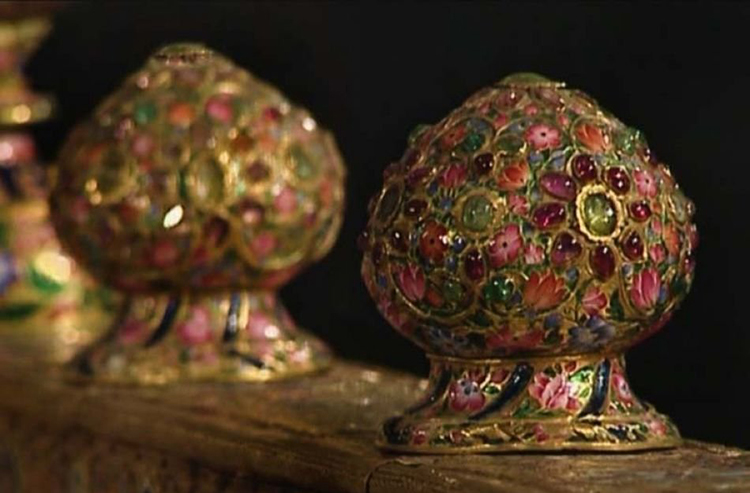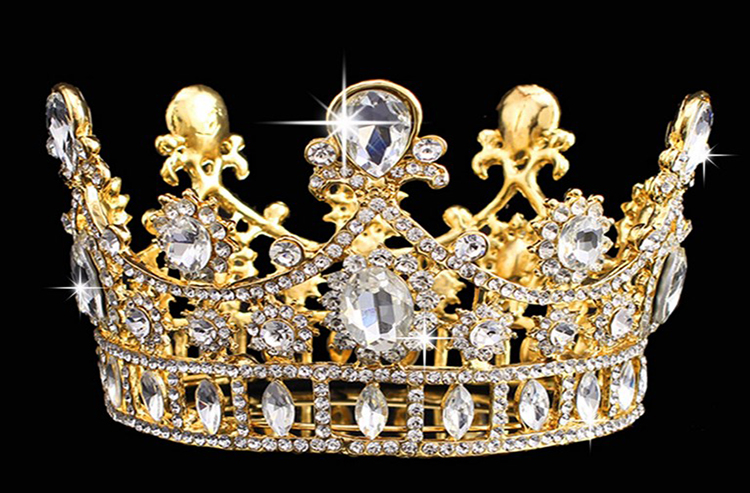National Jewelry Museum
About National Jewelry Museum
It’s definitely one of the best museums that you will find in Iran. National Jewelry Museum is located in Ferdowsi Street, and it’s in the basement of Central Bank of Iran building. This treasury is one of its best kind; hence, you have to go through some security check first. Also, keep in mind that you cannot bring any object to the museum.
Inside National Jewelry Museum
After climbing down some stairs and going through a huge security door, you will enter the treasury. First, there is the magnificent Peacock Throne which you cannot take your eyes off it. But you would better do, because there are so many fantastic items to see in this museum, and unfortunately, you have a limited time. When you enter the main hall, there are museum guides who will explain each vitrine and its objects to you. And don’t worry; they can speak English, German, French, and Arabic. Valuable rubies, precious gemstones, priceless crowns and tiaras (literally, no one can examine how much they are worth), countless diamonds, expensive swords and shields decorated with jewel are few examples of what you will see in the museum. Also, you will find the Sea of Light Diamond (Darya-ye Noor), the most famous object of the museum in the middle of the place.
History of National Jewelry Museum
The background of National Jewels of Iran dates back to Safavid era in which it was decided that national jewels belong to National Treasury of government.Nevertheless, for the time being, the government has collected and recorded them all in National Jewelry Museum. The current treasury contains valuable objects from Safavid, Qajar, and Pahlavi Dynasties. Safavid businessmen and trade experts have brought some of these precious items from India, Ottoman, France, and Italy to Isfahan, the capital city. Over the years, kings of Persia gave some of this jewelry to other nations as presents. Sometimes, they have gained as war trophies. Finally, In 1955 the current treasury was built and four years later it became the Central Bank of Iran property.
The valuable collections of this museum comprises of the pink colored diamond of Darya-ye-Noor (182 Carats), the Peacock Throne or Takhte Tavous which was built during the reign of Fathali Shah consisted of twelve different pieces (Joined together)and with 26,733 pieces of jewels attached to it. A golden globe (atlas) of Naseredin Shah, with 34 kg of pure gold, having 51,366 pieces of jewels and weighing 3,656 grams. On this golden atlas or globe southeast Asia and Britain have been distinctly defined with diamonds, and India with rubies. Sculptured pieces of turquoise of Firoozeh and large pearls of the Persian Gulf have also been used to adorn this globe
Considerations
Please note that visiting National Jewelry Museum is only available from Saturday to Tuesday. Also, you can only visit from 14:00 to 16:30. Moreover, there is an age limitation for visitors; children under the age of 12 cannot visit the museum. Please be aware that the museum has a very strong security system, so you may want to have a decent space between you and vitrines. Otherwise, the high-pitched alarms will be set off.

